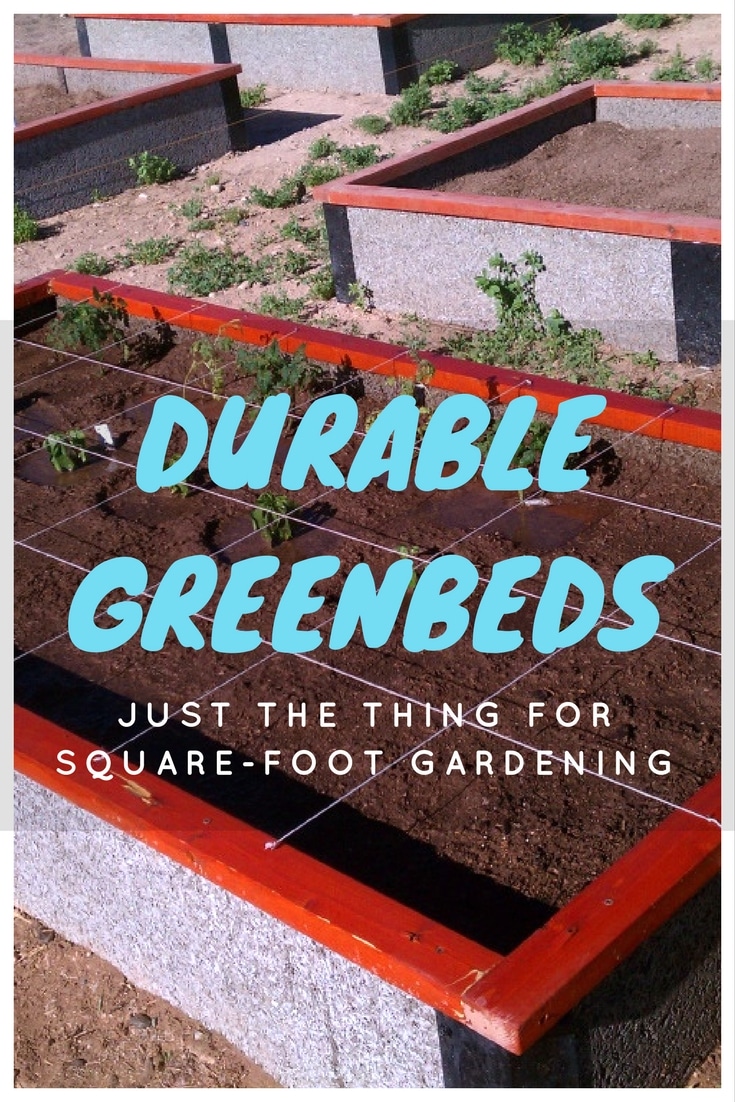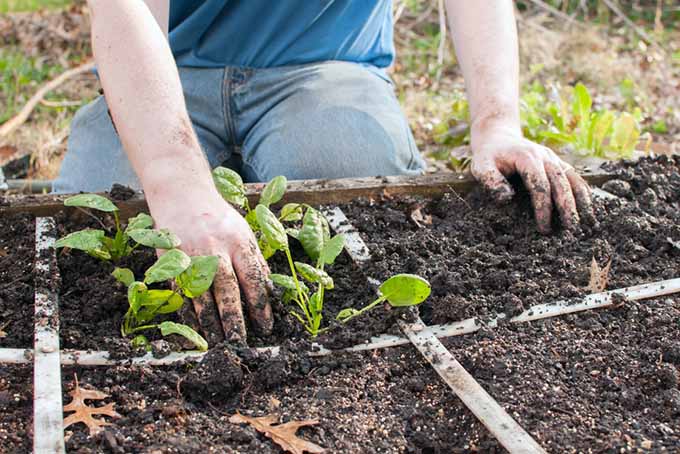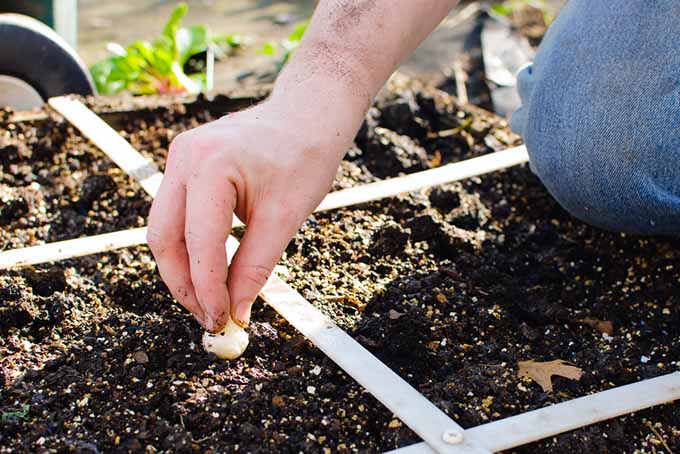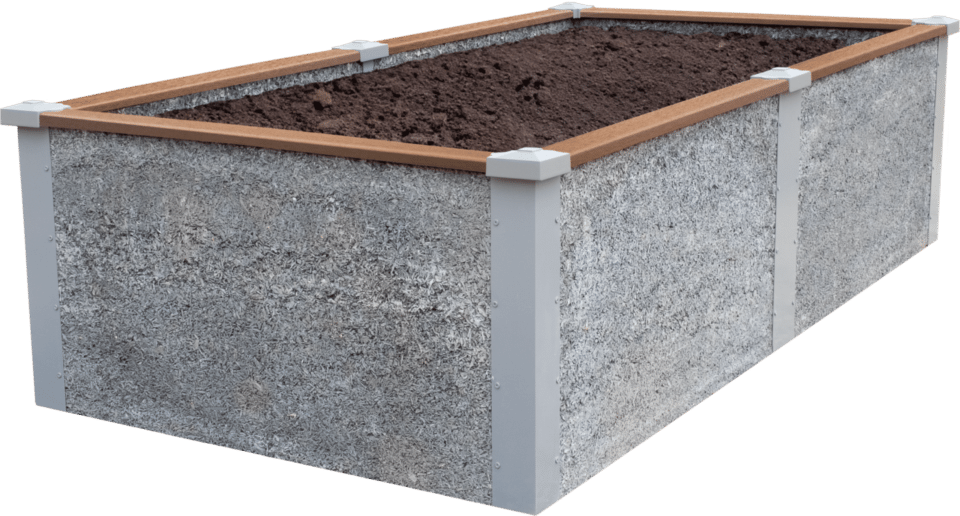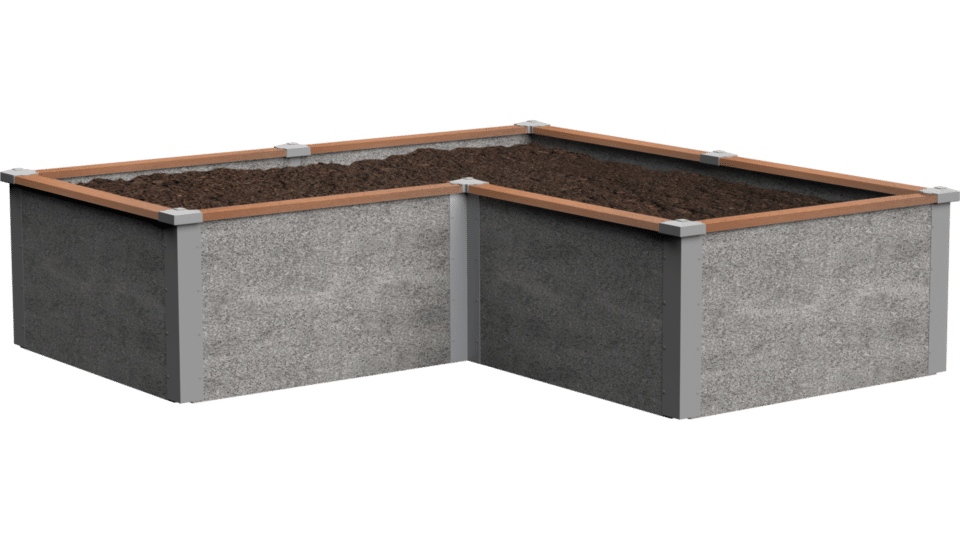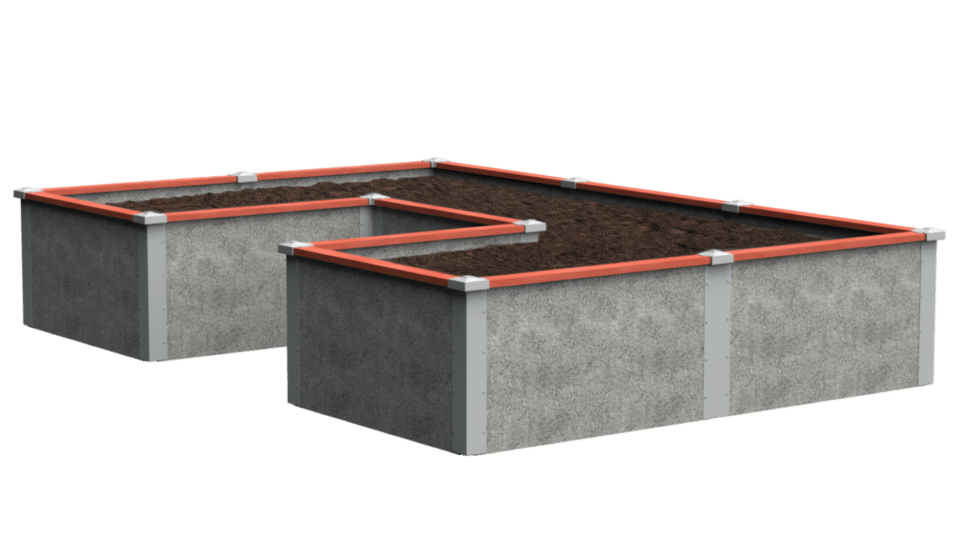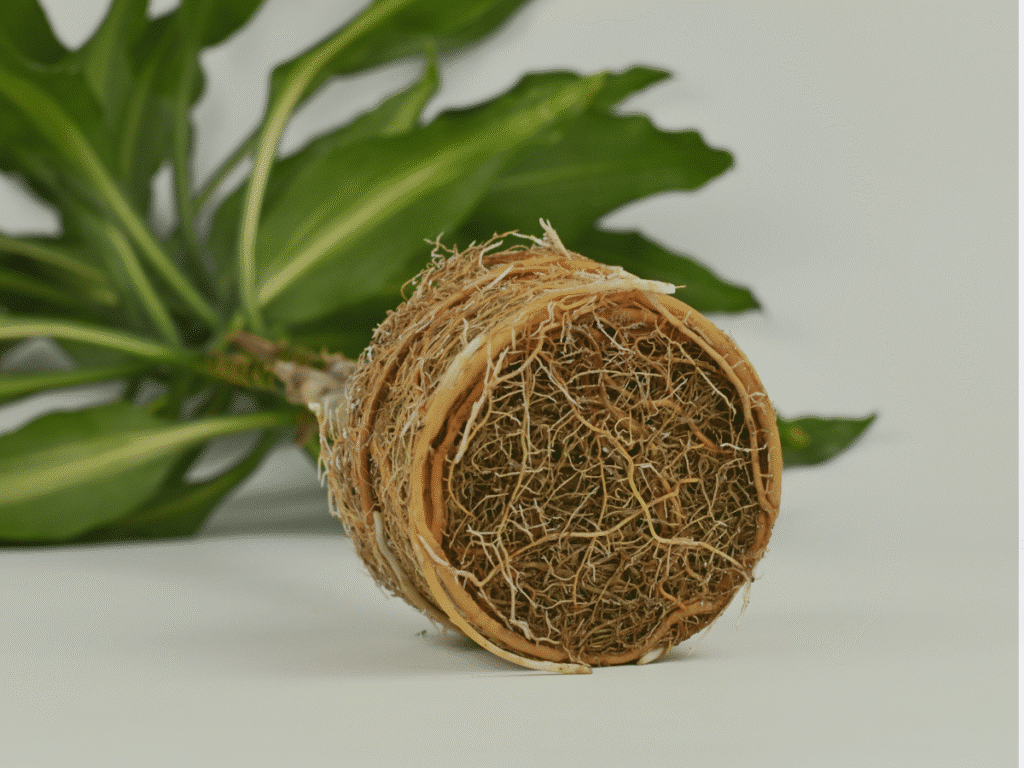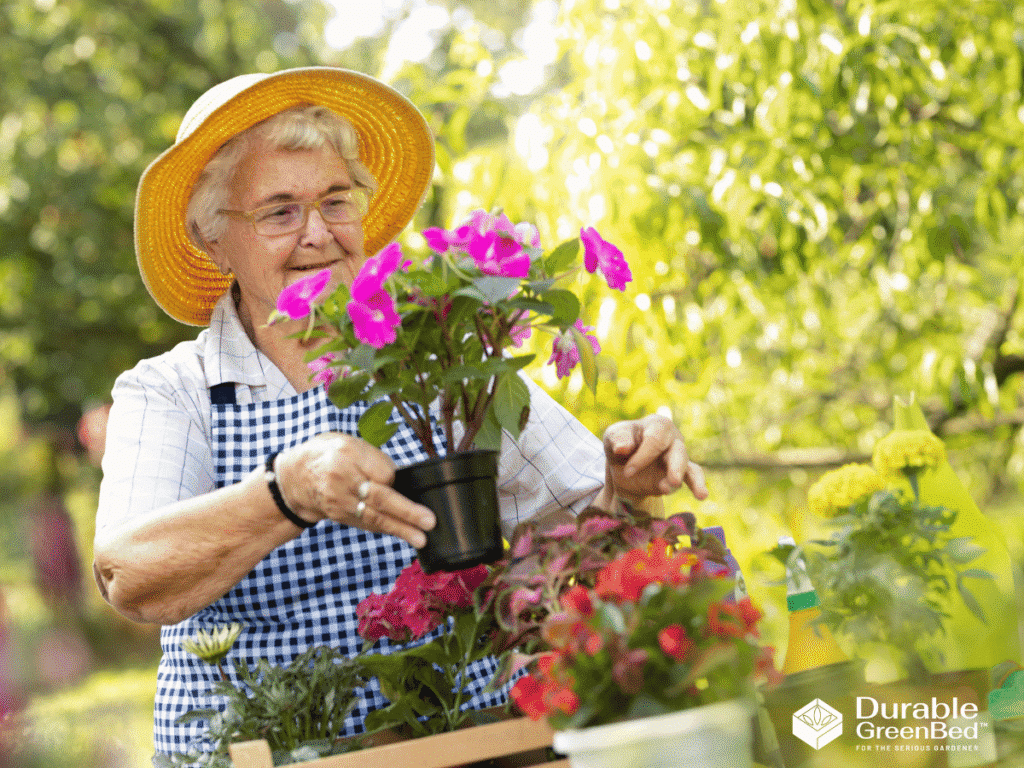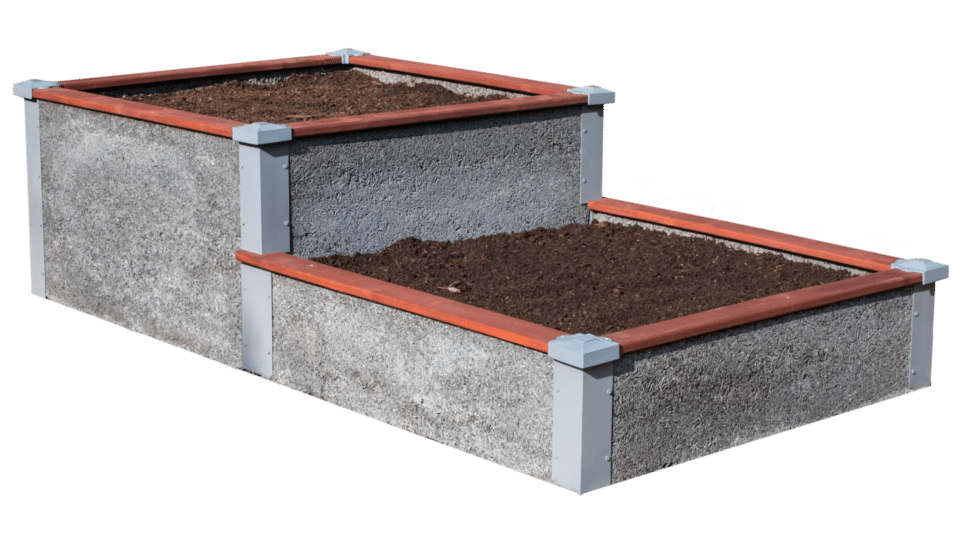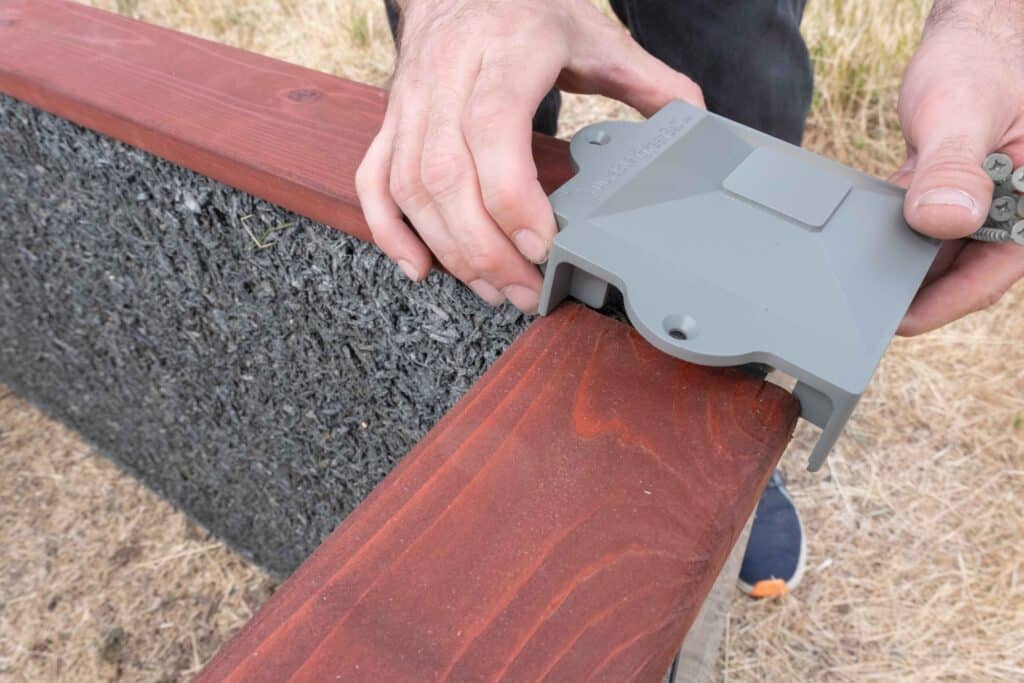
More Food, Less Space
Square Foot Gardening is an exciting new way to grow more food in small spaces, not only for the average gardener but to also improve health, ergonomics, space use, and even food security among populations in need around the world.
The benefits of square foot gardening
For the backyard gardener, or even the newbie to urban homesteading, this perennial method is your perfect food-growing option for more than just a few reasons:
- Grow as much food within a small space as you would with some traditional row-planted gardens
- Compact 8-by-4 foot or 4×4 raised bed garden makes for easy access
- No need for a big yard – grow food on patio, balcony, or smaller plot
- No weeding at all (with the right setup using weed-free soil mix)
- Less work and strain on the body
- No negative effects or damage to the yard
- Incredibly easy – ideal for new gardeners
- Save money with minimal management by sourcing your own food
Steps to Square Foot Gardening
1. Set up your Raised bed
First, build (or buy) a 8-by-4 foot raised bed box (bottom lined with weed barrier landscaping fabric if you want less weeds and you’re building on top of other soil).
2. PUT IN YOUR PREFERRED SOIL
Fill it with fertile potting soil (part peat moss, compost, and vermiculite, or another mix of your choice – preferably weed free).
3. LAY OUT YOUR GRID
Overlay a square foot grid atop your box for plant spacing, then plant your seeds.
4. GET GROWING!
GROWING ON THE GRID
It’s these grids that create the magic of the whole concept, and which in turn help to make the whole endeavor of gardening this way so easy.
It’s simple: certain vegetables are planted in certain amounts (the number depending on the plant) within each square, at their ideal distances from one another. This then maximizes each plant’s space and nutrient use while crowding out weeds as a living mulch, allowing you to grow more veggies in a small space, and even boosting plant health through companion planting (which we’ll get to later).
Depending on the type of vegetable, herb, or even fruit that you are planting, one only plants so many seeds or seedlings within each square in a continuous grid-like spacing – while the actual grid itself helps to measure and keeps your rows looking neat!
Find out all the details here:
1-PER-SQUARE PLANTINGS
Simply form one hole in the center of the 1-by-1-foot square of your choice, and plant your seeds (or transplant your seedling), keeping in mind the seeding techniques and layout guidelines that you’ll find later in this article.
- Celery
- …
2-PER-SQUARE PLANTINGS
Plant these seeds side by side within the square, at the recommended seeding distance with an appropriate support trellis.
- Cantaloupe
- Cucumbers
- ..
(UP TO) 4-PER-SQUARE PLANTINGS
Plant these in a square with each seed or plant forming one of the four corners. They should be placed at equal distances from each other and from the border of the grid, with one hole close to each corner of the square space.
As noted, some of these veggies do not necessarily have to be planted 4 per square. If you want to grow a little less food, you may do so.
(UP TO) 8- OR 9-PER-SQUARE PLANTINGS
Plant these in a grid- or square-like pattern within the square space (i.e. 3 plants long by 3 plants wide, forming either a square or a square-shaped ring border, simply making sure that they are equidistant from one another and the border of the grid.
Like with 4-per-square plantings, don’t feel pressured to plant that many of each vegetable if you don’t necessarily want that much food!
(UP TO) 16-PER-SQUARE PLANTINGS
Plant these in a grid or square pattern within each square space (i.e. a maximum of 4 plants long by 4 plants wide). Make sure they are equidistant from each another and the border of the grid to avoid crowding.
If you don’t plan to thin or pick any of these vegetables for quite awhile, plant less if you like – you might prefer to use the 8- or 9-per-square spacing method. This will allow their root size to grow larger without leading to bolting or disease.
(UP TO) 2-PER-4 PLANTING SQUARES
The veggies in this category need LOTS of space to flourish, and a more complex arrangement of the square grid method is required than for other crops.
Depending on the number you wish to plant, just make sure they have ample space from one another and the sides of the grid.
- Broccoli
- …
WHAT ABOUT PERENNIAL VEGETABLES?
Unfortunately, some vegetables simply aren’t ideal for the square foot garden, namely perennials that require more space to grow. The foliage of these plants grows too large and creates too much overshadowing to grow in a companion planting style close to other veggies in a garden.
These include:
The ferns of full-grown asparagus would fall over onto other plants, as would the growth of artichokes and rhubarb. You’ll have to keep these separate!
There's Nothing Like Durable GreenBeds
It's the Walls!™
- Breathable
- Well Draining
- Higher Yields
- Prevents Slugs and Pests
- Non-Toxic
- 20-25 Year Lifespan
Shop Durable GreenBed Kits
-
Rectangular Raised Garden Bed Kit
$471.00 – $2,085.00Price range: $471.00 through $2,085.00 Select options This product has multiple variants. The options may be chosen on the product page -
L-Shaped Raised Garden Bed Kit
$786.00 – $1,305.00Price range: $786.00 through $1,305.00 Select options This product has multiple variants. The options may be chosen on the product page -
U-Shaped Raised Garden Bed Kit
$1,199.00 – $2,446.00Price range: $1,199.00 through $2,446.00 Select options This product has multiple variants. The options may be chosen on the product page
Shop Durable GreenBed Raised Garden Bed kits
-
Rectangular Raised Garden Bed Kit
$471.00 – $2,085.00Price range: $471.00 through $2,085.00 Select options This product has multiple variants. The options may be chosen on the product page -
L-Shaped Raised Garden Bed Kit
$786.00 – $1,305.00Price range: $786.00 through $1,305.00 Select options This product has multiple variants. The options may be chosen on the product page -
4’x8’ Stepped Raised Garden Bed Kit
$865.00 – $1,073.00Price range: $865.00 through $1,073.00 Select options This product has multiple variants. The options may be chosen on the product page -
U-Shaped Raised Garden Bed Kit
$1,199.00 – $2,446.00Price range: $1,199.00 through $2,446.00 Select options This product has multiple variants. The options may be chosen on the product page

